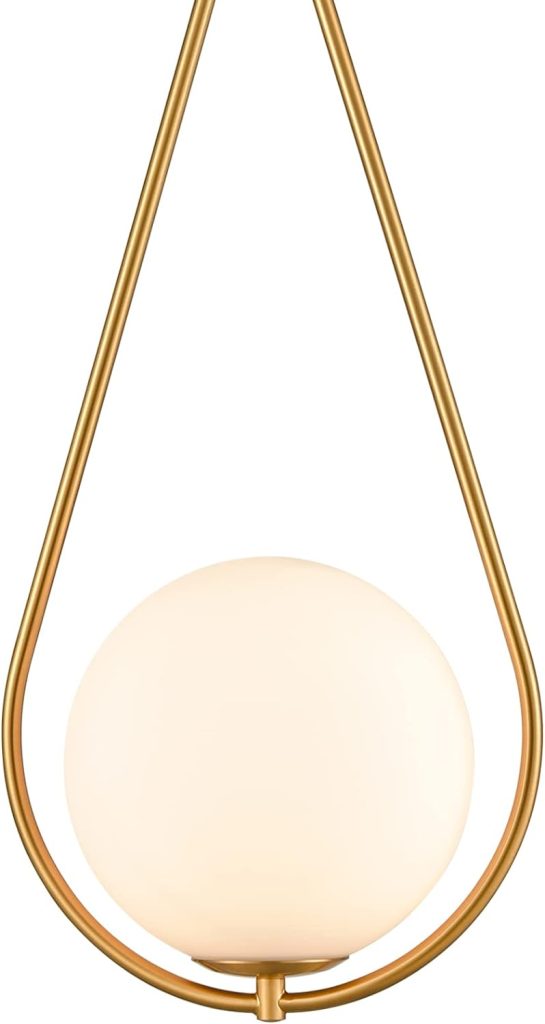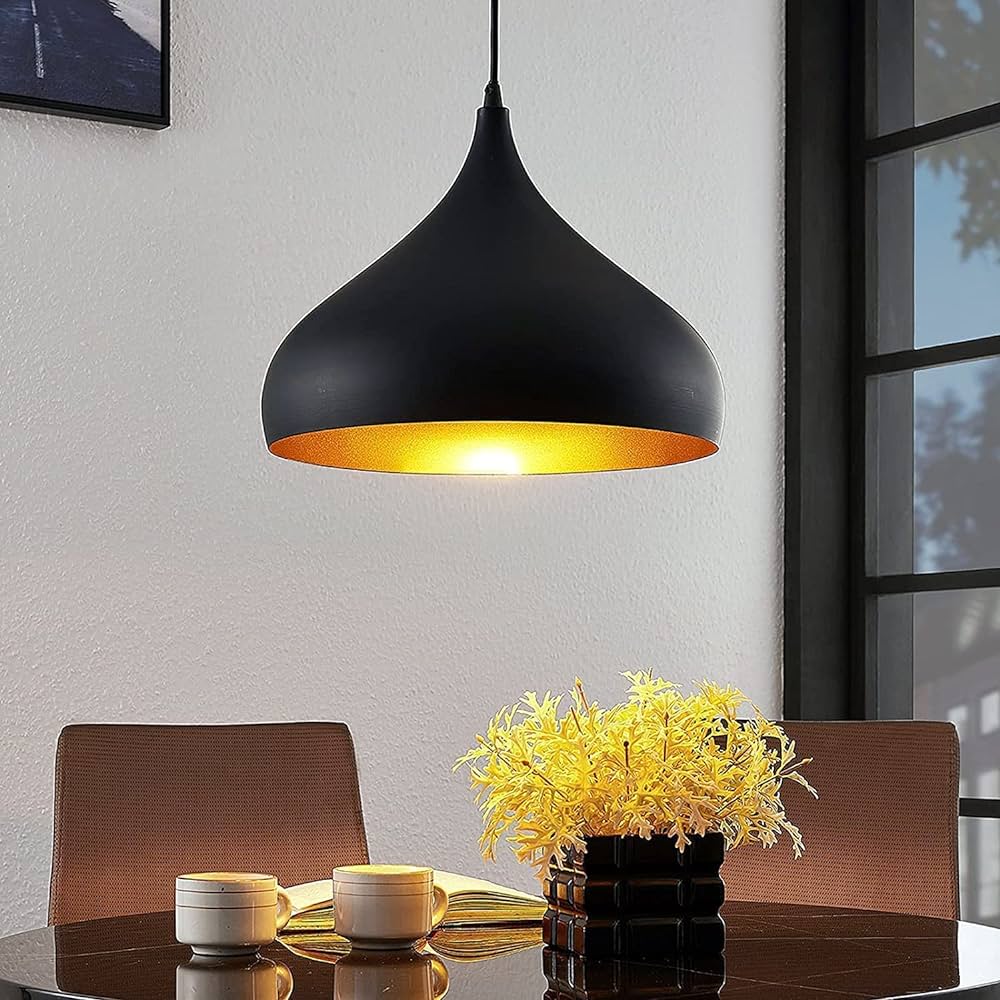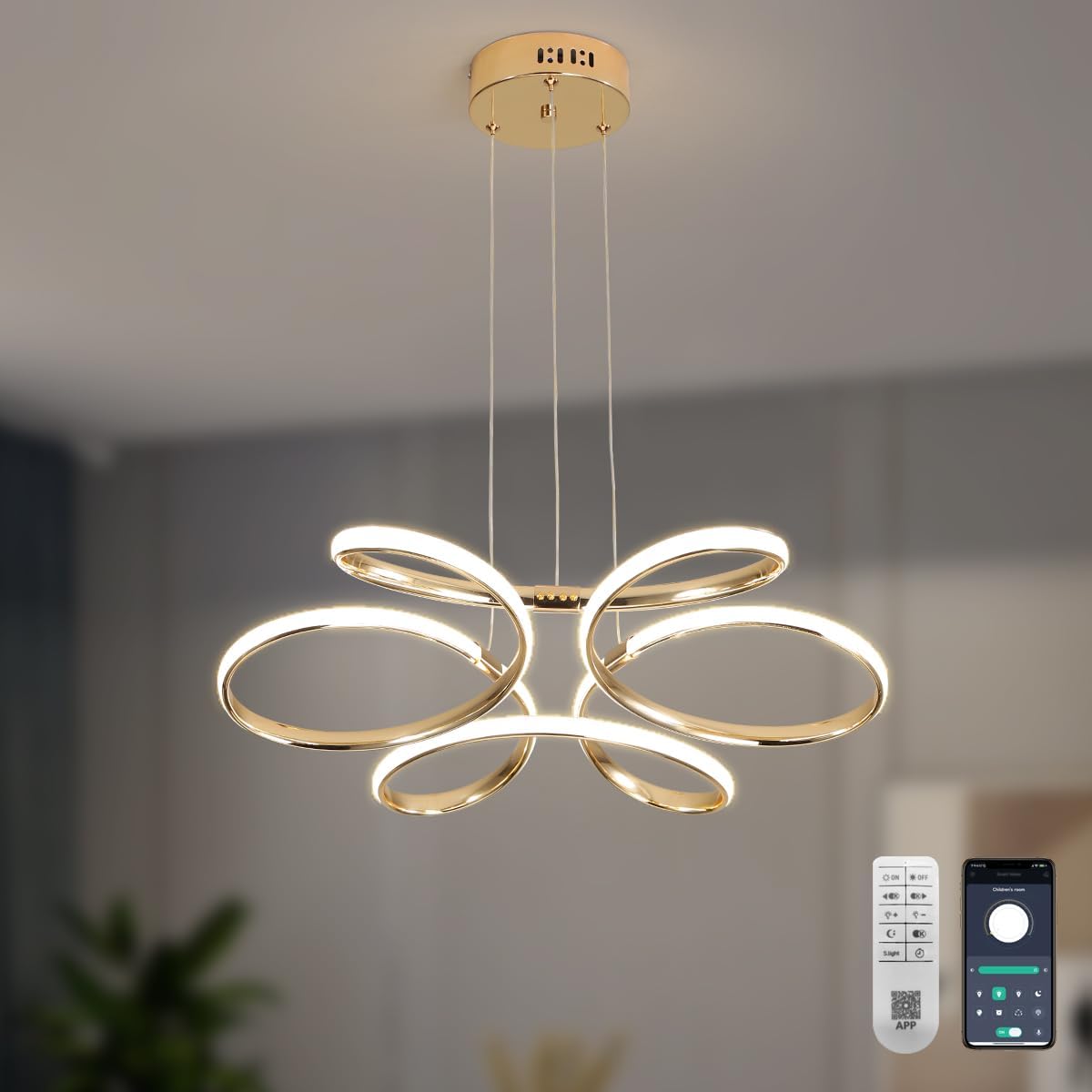In this article, we explore the world of pendant lamps and how they have revolutionized lighting design. From their versatility and aesthetic appeal to their functional advantages, pendant lamps have become a popular choice for both residential and commercial spaces. Join us as we delve into the mesmerizing world of pendant lamps and discover the transformative impact they have on any interior.
Contents
I. Understanding Pendant Lamps
1.1 Introduction to Pendant Lamps
Pendant lamps, also known as suspension or hanging lamps, are light fixtures that hang from the ceiling by a cord, chain, or rod. They feature a single light source encased in a shade, and their design can range from minimalistic to elaborate, offering a wide variety of styles to suit different interior themes and personal preferences.

1.2 Versatility in Design
One of the defining qualities of pendant lamps is their versatility in design. Whether you prefer a sleek and modern look or a more vintage and rustic aesthetic, there is a pendant lamp design to match your desired style. From industrial-inspired metal shades to elegant glass globes, pendant lamps come in a myriad of shapes, sizes, and materials, making them a versatile choice for any interior decor.
II. The Aesthetic Appeal of Pendant Lamps
2.1 Creating a Focal Point
Pendant lamps have the power to create captivating focal points within a room, drawing the eye upward and adding a sense of visual interest and depth. Their suspended position allows them to occupy the vertical space, creating a dynamic visual element that complements the overall design of the room. A well-chosen pendant lamp can become a centerpiece, commanding attention and making a bold statement.
The design and placement of pendant lamps play a crucial role in their ability to create a focal point. Large or intricate pendant lamps with unique shapes, patterns, or materials become eye-catching elements that immediately capture attention. By carefully selecting a pendant lamp that complements the room’s existing decor and color scheme, individuals can create a sense of cohesion, while still making a striking visual impact.
2.2 Customization and Personalization
Pendant lamps offer a wide range of customization options, allowing individuals to tailor the fixture to their personal style and preferences. From the shape and material of the shade to the length and type of suspension cord. Pendant lamps offer a level of personalization that sets them apart from other lighting options.
The shade of a pendant lamp can be crafted from various materials such as glass, metal, fabric, or even natural elements like wood or rattan. These different materials provide diverse textures, finishes, and light diffusion properties, allowing individual style to shine through. Additionally, the color and pattern of the shade can be chosen to match or contrast with the room’s color palette, further enhancing the desired aesthetic.
The suspension cord or chain that holds the pendant lamp can also be customized to suit the overall design scheme. Materials such as metal, fabric, or even colorful cords can be selected to add another layer of visual interest and personalization. The length of the suspension cord offers flexibility in terms of how high or low the pendant lamp hangs, enabling individuals to create the desired lighting atmosphere and ambiance.

III. Functional Advantages of Pendant Lamps
3.1 Optimal Lighting Solutions
Pendant lamps provide focused and directed light, making them ideal for task lighting or creating ambiance in specific areas. Suspended over kitchen islands, dining tables, or workspaces, pendant lamps offer localized illumination, ensuring adequate lighting for various activities. Their adjustable height also allows for customization of the light spread, providing an optimal lighting solution for different tasks and occasions.
3.2 Space-saving and Versatile
In comparison to floor or table lamps, pendant lamps save valuable floor and surface space, making them an excellent choice for smaller rooms or areas with limited space. Their suspended design also allows for flexibility in placement, enabling them to be used in various areas of the room without obstructing movement or creating clutter. Pendant lamps can transform previously unused vertical space into a functional and stylish lighting solution.

IV. Placement and Design Considerations
4.1 Determining the Ideal Placement
Proper placement of pendant lamps is crucial to ensure optimal lighting and visual harmony within a space. Factors such as ceiling height, the purpose of the lighting, and the size of the area should be considered when determining the height and placement of pendant lamps. For example, pendant lamps should be hung lower in areas where focused task lighting is required, while in open spaces, they can be hung higher for ambient lighting.
4.2 Creating Harmonious Lighting Design
When incorporating pendant lamps into an overall lighting design scheme. It is important to consider the existing lighting fixtures and to create a cohesive and balanced look. Pendant lamps can be used in combination with other lighting sources, such as recessed lights or wall sconces, to create layers of light and add depth to the room. By carefully considering the placement and design of pendant lamps. An interior can achieve a harmonious and visually pleasing lighting arrangement.

V. Energy Efficiency and Sustainability
5.1 Embracing LED Technology
Pendant lamps have embraced LED technology, offering energy-efficient lighting options that consume significantly less energy and have a longer lifespan compared to traditional incandescent bulbs. LED pendant lamps provide bright, focused light while reducing energy consumption and lowering electricity bills. By choosing LED pendant lamps, individuals can contribute to a more sustainable and environmentally friendly lighting solution.
5.2 Material Choices and Sustainable Options
In addition to energy efficiency, pendant lamps also offer sustainable material choices. Many pendant lamps are crafted from eco-friendly materials such as bamboo, recycled glass, or sustainably sourced wood. By opting for pendant lamps made from environmentally conscious materials, individuals can support sustainable practices and reduce their carbon footprint.

Illuminating Spaces with Style
6.1 The Transformative Power of Pendant Lamps
In conclusion, pendant lamps have revolutionized lighting design with their versatility, aesthetic appeal, and functional advantages. They serve as captivating focal points that complement and enhance the overall aesthetics of a room. With customizable designs and placement options, pendant lamps offer optimal lighting solutions for various spaces and activities. Energy-efficient and sustainable choices further contribute to a greener and more eco-friendly lighting option. Whether illuminating a kitchen island, dining area, or workspace. Pendant lamps bring both style and functionality, transforming any interior into a well-lit and visually stunning space.


